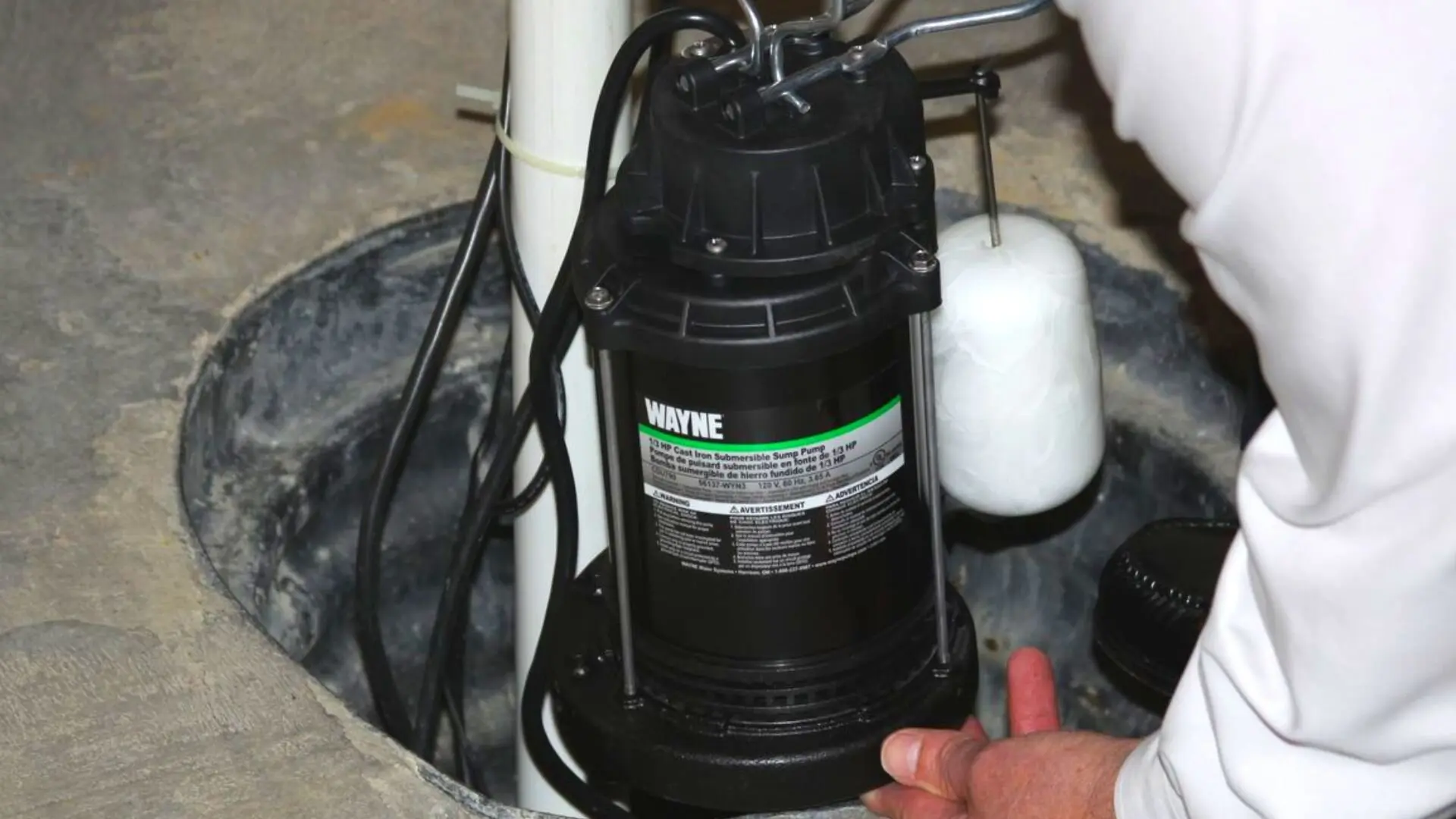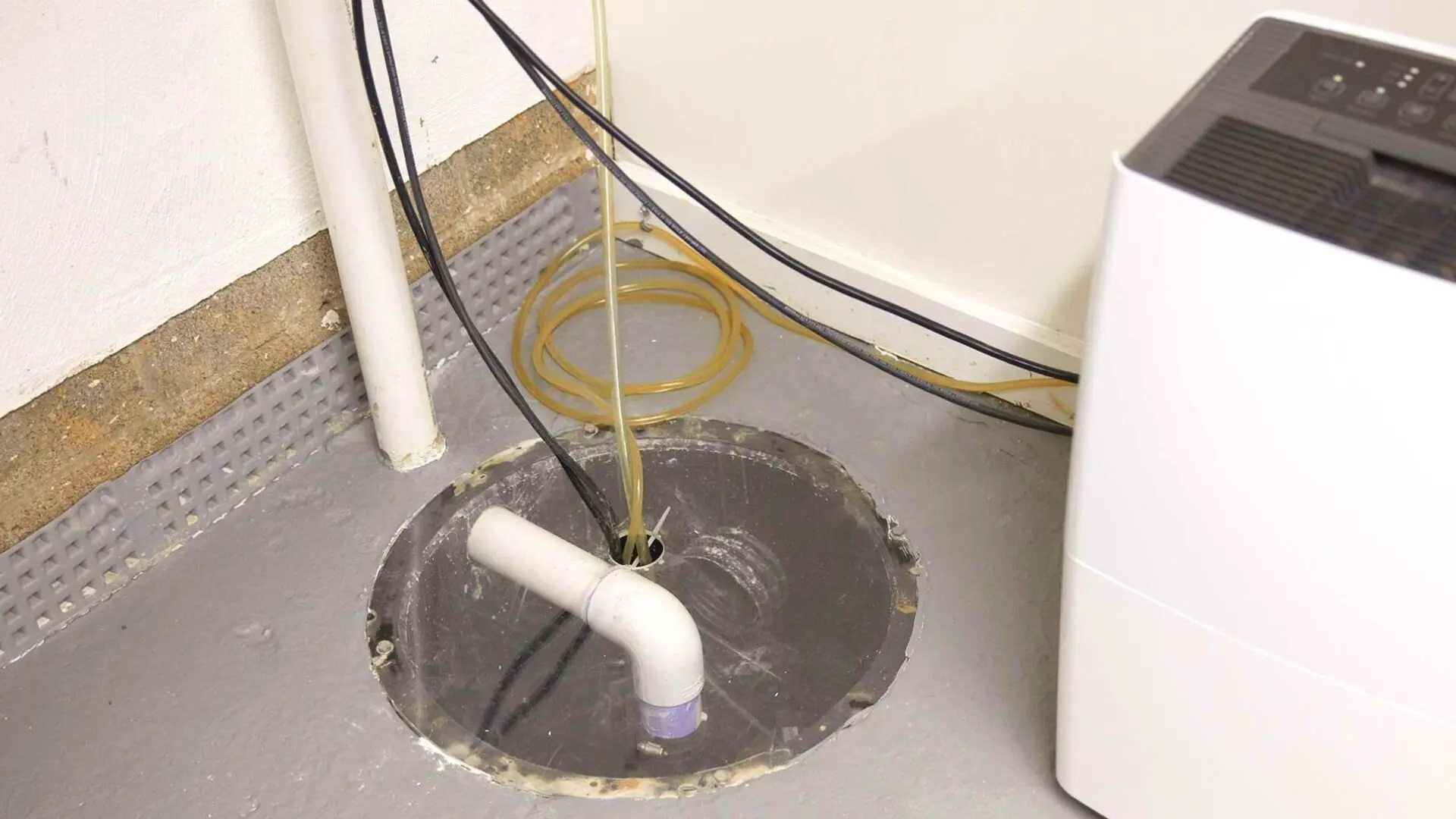Swift Steps to Caring for Your Sump Pump
Swift Steps to Caring for Your Sump Pump
Blog Article
We have found the article on How To Effectively Clean A Sump Pump directly below on the net and think it made perfect sense to talk about it with you here.

Sump pumps are essential elements in numerous homes, specifically in locations vulnerable to flooding or too much moisture. They aid avoid water damage by efficiently eliminating excess water from cellars or crawl spaces. Nonetheless, like any other appliance, sump pumps need regular maintenance to guarantee they function effectively when required one of the most. Cleansing your sump pump is a crucial part of its upkeep, and recognizing how to do it properly can conserve you from pricey fixings and possible calamities.
Intro
Maintaining a clean sump pump is essential for its correct performance and longevity. Overlooking this essential job can bring about clogs, breakdowns, and eventually, water damage to your residential or commercial property. For that reason, discovering exactly how to clean a sump pump is critical for property owners who count on these tools to maintain their cellars completely dry and safeguarded.
Indications of a Dirty Sump Pump
Knowing when your sump pump needs cleansing is essential for stopping potential breakdowns. Some usual indications that show a dirty sump pump consist of strange sounds during operation, decreased water circulation, and visible debris in the pit. If you notice any one of these signs and symptoms, it's important to clean your sump pump without delay to avoid any more issues.
Getting ready for Cleaning
Prior to you start cleaning your sump pump, it's essential to take some safety and security preventative measures. Begin by shutting down the power to the pump to avoid any kind of electric crashes. Furthermore, wear suitable safety gear, such as handwear covers and goggles, to protect on your own from dust, debris, and potential virus.
Understanding the Sump Pump
Before diving right into the cleaning process, it's vital to have a basic understanding of how a sump pump works. Typically installed in a pit or container listed below the basement floor, a sump pump contains numerous crucial elements, including a pump, a float switch, and a discharge pipeline. When water accumulates in the pit, the float button activates the pump, which then pumps the water out through the discharge pipeline, away from the building's foundation.
Detailed Guide to Cleansing a Sump Pump
Shutting down the Power
Begin by disconnecting the power supply to the sump pump to stop any mishaps while cleansing.
Looking For Proper Functioning
Before reinstalling the pump, execute a quick test to make sure that the float switch triggers the pump properly. Pour some water into the sump pit and observe the pump's procedure. If every little thing is functioning correctly, you can rebuild the pump and reconnect the power supply.
Removing Particles and Dirt
Use a pail or a scoop to get rid of any kind of visible particles, dirt, or sediment from the sump pit. Dispose of the debris appropriately to stop it from blocking the pump or the discharge pipe.
Cleaning the Pump and Float Switch Over
When the pit is clear of debris, carefully eliminate the pump from the pit. Inspect the pump and the float switch for any signs of damage or wear. Utilize a soft brush or towel to clean the surfaces and remove any type of accumulated gunk.
Purging the System
After cleaning up the pump and float button, flush the sump pit with tidy water to get rid of any kind of staying dust or debris. This will certainly aid guarantee that the pump runs efficiently and efficiently.
Maintenance Tips to Maintain Your Sump Pump Clean
In addition to regular cleaning, there are several maintenance suggestions you can comply with to keep your sump pump in optimum condition:
Verdict
Cleaning your sump pump is a critical element of its maintenance and makes sure that it runs properly when you require it the most. By following the actions laid out in this overview and incorporating regular upkeep into your regimen, you can extend the life-span of your sump pump and shield your home from water damage.
6 STEPS ON HOW TO CLEAN A SUMP PUMP PROPERLY
UNDERSTANDING SUMP PUMPS
Your sump pump plays a crucial role in protecting your home by managing and removing excess water. It primarily functions as a “shield”, guarding your basement against the damaging effects of water accumulation. The pump is housed in a sump pit in the lowest part of your basement, and its job is to pump out any water that collects there.
During heavy rainfalls or when snow melts rapidly, water can infiltrate your basement, posing potential risks like flooding, structural damage, and harmful mold growth. Here, the sump pump springs into action, pumping out the intruding water and directing it away from your home.
SAFETY FIRST
Before cleaning, remember to prioritize safety. Disconnect the sump pump from the power source to prevent any accidental electric shocks. Also, wear sturdy gloves to protect your hands from any sharp or dirty components within the pump.
REMOVE THE SUMP PUMP
After ensuring your safety, the next step is to remove the sump pump from its pit. Doing this might require careful maneuvering as you don’t want to damage any pump components. Once removed, clean the sump pit to remove any accumulated debris or sludge.
INSPECT THE PUMP
Inspect the pump for any visible signs of wear or damage. Check the power cord, float switch, and impeller housing. If any components look worn out or damaged, consider replacing them to ensure optimal performance.
CLEAN THE PUMP
Thoroughly clean the pump with warm, soapy water. Make sure to rid it of any dirt, gravel, or other debris that might impede its performance. You can use a toothbrush to clean the small, hard-to-reach parts of the pump.
REINSTALL THE SUMP PUMP
Reinstall the pump into the sump pit Make sure it’s positioned correctly to remove the water effectively Once it’s back in place, reconnect it to the power source TEST THE PUMP
Finally, pour some water into the pit to ensure the pump works correctly. It should start automatically and begin pumping out the water; if it doesn’t, check the power source and the positioning of the pump.
Remember, while cleaning your sump pump is an essential part of home maintenance, hiring a professional plumber for a thorough inspection and cleaning at least once a year is also important. This will ensure that your pump is in optimal condition, ready to protect your home from potential water damage.
BEST PRACTICES FOR CLEANING SUMP PUMP DISCHARGE PIPES
Regular Inspection: Regularly inspect your discharge pipes, especially during heavy rainfall or snowmelt periods. Look for any signs of blockage or damage. Early detection of problems can prevent serious issues down the line. Periodic Cleaning: Over time, sediment and debris can accumulate in the discharge pipes, impeding the flow of water. Regular cleaning helps keep the pipes clear and functioning efficiently. You can use a high-pressure water jet to effectively clean the pipes. Insulation During Winter: In colder climates, discharge pipes can freeze, blocking the outflow of water. Protect your discharge pipes from freezing temperatures by insulating them with foam pipe insulation. This will ensure the sump pump can continue to discharge water even in freezing conditions. Proper Positioning: The discharge pipe should be positioned to direct water away from your home’s foundation. Improper positioning can lead to water seeping back into the basement. Ensure the pipe is long enough and angled correctly. Installation of a Check Valve: A check valve prevents water from flowing back into your sump pit after the pump has pushed it out. Installing a check valve helps maintain the efficiency of your sump pump and reduces the risk of flooding. Minimize Pipe Turns: Every curve or turn in the discharge pipe can decrease the efficiency of water flow. By minimizing turns and bends in your discharge pipe, you can increase the efficiency of your sump pump. https://www.fullspeedplumbing.com/how-to-clean-a-sump-pump-properly9999/

I was made aware of that report on How To Effectively Clean A Sump Pump from an acquaintance on another website. Enjoyed our write up? Please share it. Let another person discover it. We thank you for your readership.
Book With Us Today! Report this page